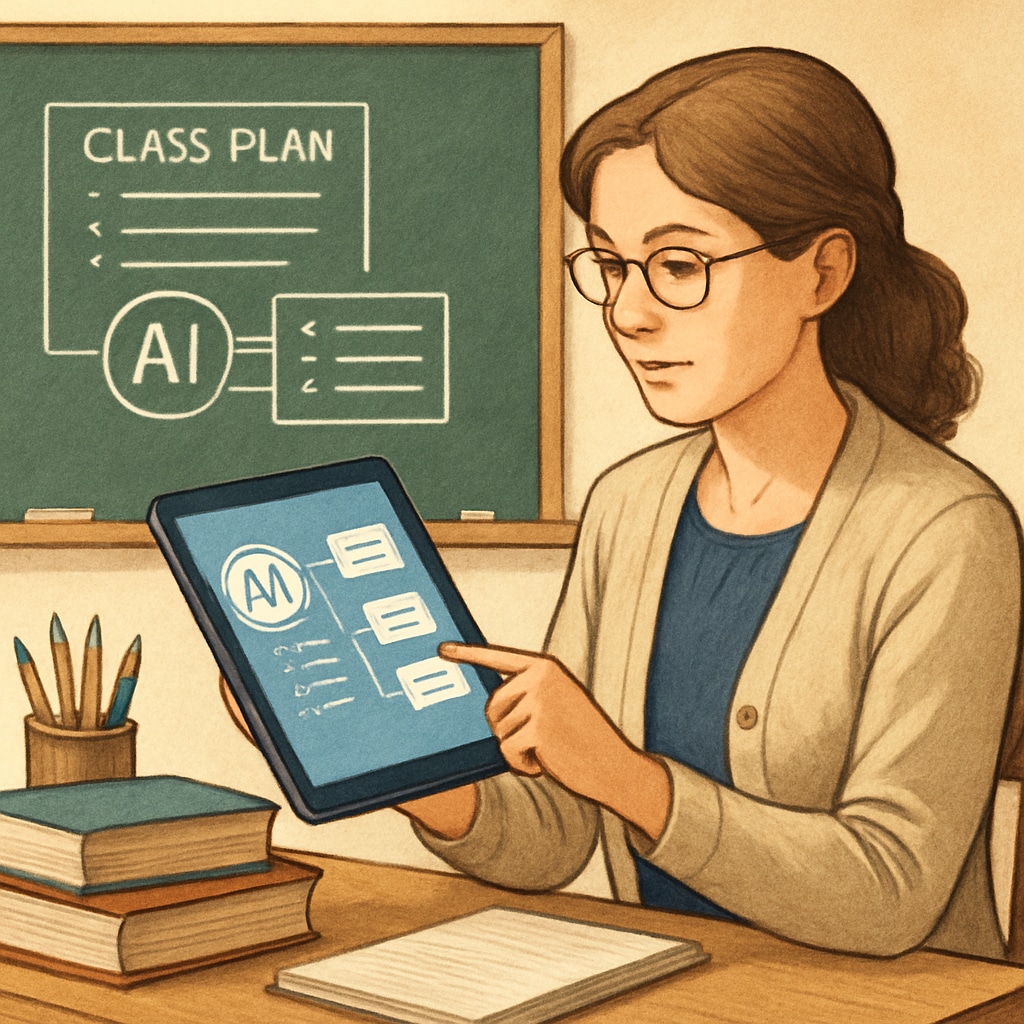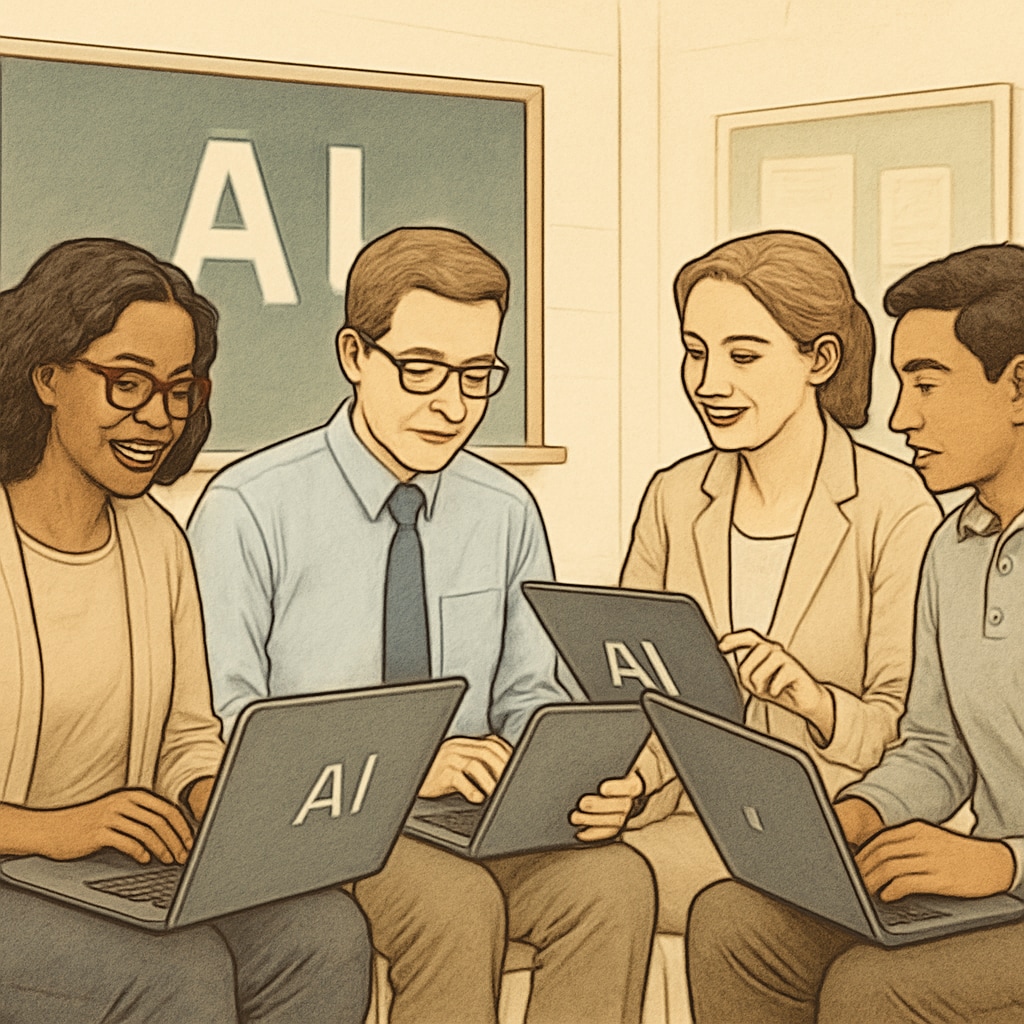The increasing adoption of AI education applications, such as Google Gemini, is transforming the teaching profession in profound ways. Teachers today face a paradox: while AI tools enhance their technical skills and streamline educational processes, they also challenge traditional perceptions of teacher value. This article explores how AI is reshaping the educational landscape, the implications for teacher roles, and the strategies educators can employ to assert their significance and negotiate fair compensation.
The Growing Influence of AI in Education
AI education applications are no longer just futuristic concepts; they are actively used to personalize learning, automate administrative tasks, and even provide instant feedback to students. Tools like Google Gemini are designed to analyze student data, adapt lesson plans, and offer real-time insights to improve learning outcomes. For example, AI can identify areas where students struggle and suggest tailored interventions, making education more efficient.
However, the integration of AI raises questions about the role of teachers in this new ecosystem. If AI systems can automate lesson planning and grading, where does that leave educators? Teachers must now adapt to a dual role: as facilitators of learning and as managers of technology.

Redefining Teacher Value in the Age of AI
As AI tools take over repetitive and data-driven tasks, the human aspects of teaching—such as emotional intelligence, mentorship, and the ability to inspire—become increasingly critical. These are areas where AI currently cannot compete. Teachers must emphasize these unique skills to maintain their value in an AI-driven educational system.
In addition, teachers need to develop technical skills to effectively integrate AI into their classrooms. This includes understanding how to interpret AI-generated insights, address biases in algorithms, and ensure ethical use of technology. By positioning themselves as indispensable partners to AI, teachers can demonstrate that their role goes beyond what machines can achieve.
The Compensation Challenge: Teacher Salaries in the AI Era
While the adoption of AI tools enhances productivity, it also raises concerns about salary stagnation or even reduction. If AI is perceived as reducing the workload, some policymakers may argue for lower teacher compensation—a misconception that undervalues the evolving responsibilities of educators.
Teachers must advocate for salaries that reflect their expanded roles. For instance, integrating AI into the classroom often requires additional training and ongoing professional development. These efforts should be recognized and rewarded. Unions and professional organizations have a critical role to play in ensuring that teacher compensation reflects the complexity of modern educational demands.

Strategies for Teachers to Adapt and Thrive
To navigate the AI-driven educational landscape, teachers can adopt several strategies:
- Continuous Learning: Stay updated on the latest AI tools and their applications in education.
- Highlight Unique Skills: Emphasize interpersonal skills, creativity, and the ability to inspire students—qualities that AI cannot replicate.
- Collaborate with Technology: Use AI as a tool to enhance, not replace, traditional teaching methods.
- Advocate for Fair Pay: Work with unions and policymakers to ensure that evolving roles are matched by appropriate compensation.
By taking these steps, educators can not only adapt to the changes brought about by AI but also leverage them to elevate their professional standing.
Conclusion: Finding Balance in the AI Era
The rise of AI education applications presents both opportunities and challenges for teachers. While these tools have the potential to enhance educational outcomes, they also require educators to redefine their roles and assert their value. By focusing on their unique human abilities and embracing technology as a partner, teachers can navigate this transformation successfully. At the same time, it is crucial to ensure that their evolving responsibilities are fairly compensated, safeguarding the profession’s integrity in the age of AI.
As AI continues to evolve, so too must the teaching profession. The key lies in collaboration—between technology and educators, and between educators and the broader education system. This balance will determine whether AI becomes an ally or a threat to the teaching profession.
Readability guidance: Short paragraphs and lists summarize key points; H2 sections address specific aspects of the topic. Transition words ensure smooth flow, while maintaining a focus on active voice and concise sentence structures.


